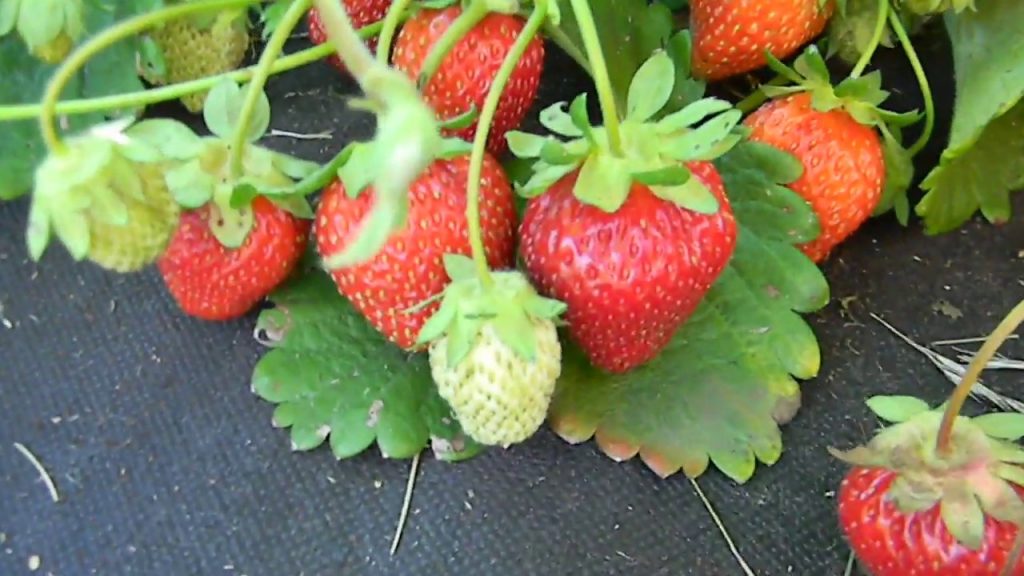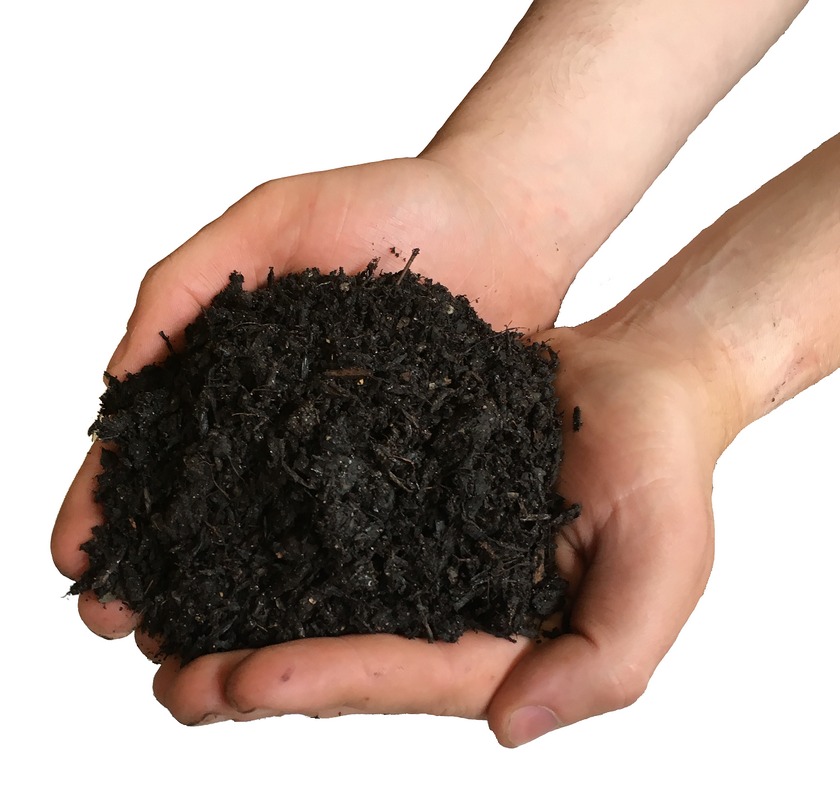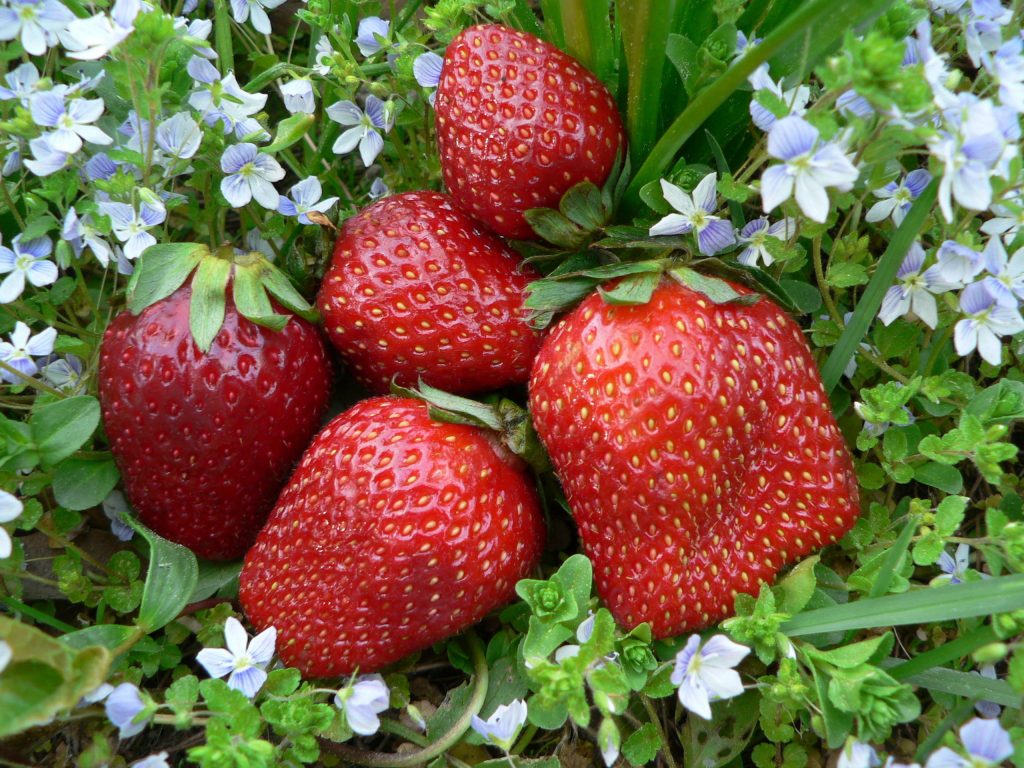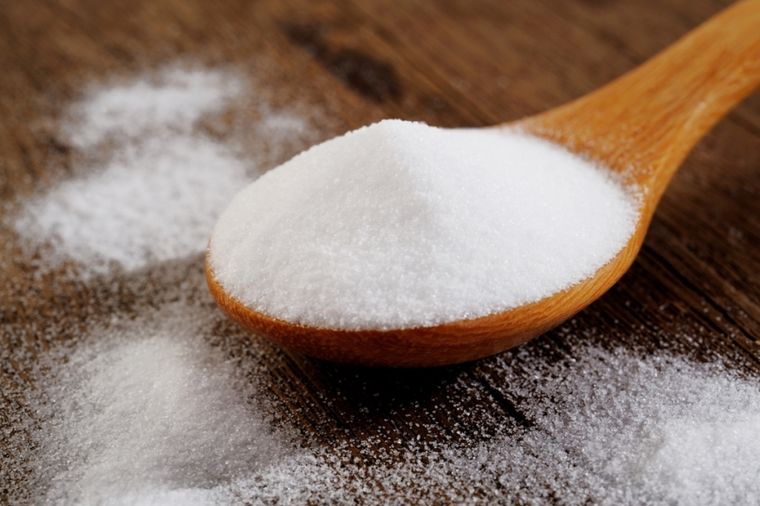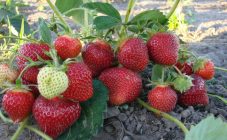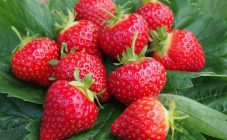Content:
How nice it is to pour a cup of tea on a winter evening, open a jar of strawberry jam and breathe in the aroma of summer. Breeders breed many different varieties of this aromatic berry. There are probably few gardens and summer cottages that would not have grown this delicious culture. Today there are more than 3000 different varieties of strawberries, differing in:
- the shape and size of the berries;
- the shape and size of the leaves;
- yield;
- the timing of the growing season;
- timing of fruiting.
Some varieties were bred quite recently and gardeners are wary of them, while others were obtained several decades ago and have won universal recognition. These include the Festivalnaya garden strawberry variety.
History and description of the Festivalnaya strawberry variety
It was bred in 1954 at the Pavlovsk Experimental Station of VNIIR by breeding the varieties Premier and Obilnaya under the leadership of Yu.K. Katinskaya. The strawberry owes its name to the 1957 festival of youth and students.
This berry has a medium-early ripening period, the fruits are ready for harvest from late June to July. The yield from the bush is high. The large and compact bush contains a rather impressive rosette and many dark green leaves with a jagged edge. The variety is self-pollinated, as there are white male and female flowers on the bush. Due to strong and dense peduncles, large berries are easily held.
Since the plant is remontant, it is possible to harvest several crops per season. At the first harvest, the berries are very impressive in size up to 35-40 g. For the rest, the weight decreases to 10-25 g. The berries grow conical, slightly flattened or beautiful oval in shape with a wide short neck and grooves. The colors are bright red, both outside and inside. The entire surface of the berry is covered with yellow-brownish small seeds. The stalk is easily separated from the berry, therefore, during harvesting, it does not crumple or break, and remains clean. The taste of strawberries is excellent, slightly sour, but it does not spoil it at all. Another distinctive feature is an incomparable pleasant aroma.
This species belongs to frost-resistant and can withstand temperatures down to -30 ° C.
In principle, strawberries are resistant to diseases, only in a rainy summer can they be damaged by powdery mildew. She also has mediocre immunity to gray mold.
Since this species is frost-hardy, many regions with a cooler climate have come to love it. It is grown in central and central Russia, in the Urals, in the Trans-Urals and Siberia.
Planting strawberries
You can plant Festivalnaya garden strawberries, like any other perennials, in autumn or spring (depending on when varietal planting material is purchased). It is better to propagate from a personal plot after the harvest is harvested, but before it rains. This is approximately July-August.
When planting, it should be borne in mind that Festivalnaya strawberries, unlike many other crops, do not really like sunny places. She likes partial shade more. Therefore, it is better to plant it near trees and bushes. The following cultures are undesirable as predecessors and even neighbors:
- potatoes;
- tomatoes;
- raspberries.
All these plants have the same diseases and they are all affected by the same pests.
Before planting, you need to prepare a bed: add humus and compost in the amount of 1-2 buckets and ash about a couple of glasses to 1 m². Or you can add special organic-mineral strawberry fertilizers:
- gumi-omi;
- agros;
- gardener;
- Blank sheet;
- fertika.
You need to add according to the instructions.
It is worth planting sockets according to the scheme 50 × 50 cm or 60 × 60 cm.
Many gardeners cover the garden with a covering material before planting and plant plants in specially made holes. This technique helps fight weeds, reduces moisture evaporation, as well as prevention of gray mold disease.
If there is no film, then after planting, the land under the bushes can be mulched. Hay or straw are the best options. Less commonly, spruce or pine needles are used as mulch.
You can plant strawberries in another way and according to a different scheme: single-row or double-row method. In the first option, they are planted according to the scheme 60-80 × 15-20 cm, and in the second - 60-80 × 20-40 cm.It is best to use seedlings, in which the roots have grown to 8-9 cm.
For planting, pits or furrows are made in the beds, which drain well, since this variety is very hygrophilous. The depth should be such that the roots completely enter it. It is necessary to lower the seedling into the hole, straighten the roots and carefully cover it with earth. Water again and then mulch.
Further care
Caring for the variety is not at all difficult. Only required:
- timely watering;
- weeding and loosening;
- fertilizer;
- pest and disease control.
Watering is best done early in the morning. If the berry does not bloom, you can water it from a watering can. When flowers bloom and berries begin to appear, water should be poured strictly at the root. Then, as the berries begin to ripen, irrigation is completely stopped so that the fruits do not become watery. After the end of the collection of berries, you need to remove excess leaves and whiskers and resume watering again (1-2 times a week), since it is at this time that the future harvest is laid.
Weeding is carried out constantly, preventing the growth of weeds. It is recommended to loosen the soil after each watering to ensure oxygen access to the roots. It is best to loosen it with a small pitchfork so as not to damage the root system.
Fertilizers need to be fertilized twice a year in spring and autumn. To do this, you can use it as organic fertilizer in the form of cow dung, chicken manure, humus or mineral fertilizers from the store.
It is also recommended to carry out systematic prevention and treatment of diseases and pests.
Diseases and pests
Festivalnaya strawberries are often affected by a transparent tick. The foliage after the parasite quickly turns yellow, and the berries become smaller. To remove the insect after harvest, you need to treat it with karbofos.
If nematodes appear, they will completely damage the entire bush. Damaged plants must be disposed of urgently.
Ants spoil the berries, soda will help to combat them.
Slugs and snails also love berries. If you do not take measures in time, you can lose the entire crop. They are destroyed with the help of special preparations or barriers made of spruce branches, as well as coarsely chopped shells. The delicate body of snails cannot overcome such obstacles.
As for diseases, most often strawberries are affected by powdery mildew and verticillary wilting.From the first ailment, a soda solution helps as a preventive measure, which is sprayed on the bushes before they begin to bloom. In case of verticillium infection, strawberries must be disposed of immediately so that the infection does not spread to other plants.
Speaking about the care of Festivalnaya strawberries, preparation for winter is also recommended. It needs to be hilled, carefully raking the earth to the base of the bush. Rows with strawberries can be covered with hay, straw, and synthetic materials for the winter.
Advantages and disadvantages of the variety
Festival strawberry has many positive qualities.
- properties of berries: large size, good taste;
- transportability;
- frost resistance;
- good survival rate of seedlings;
- long-term fruiting;
- immunity to diseases and pests;
- tolerates light shade well.
Disadvantages:
- the variety is not resistant to fungal diseases;
- at risk of verticillary wilt;
- after the first harvest, the berry becomes smaller, although it wins in taste;
- with a moisture deficit, it forms little ovaries for the next year.
So, surrounding the Festivalnaya strawberries with proper care and care, you can get a good harvest of healthy, sweet and aromatic berries, which are appetizing both fresh and after processing.
